Note
I've seen more stories of women taking sex off the table for the first few months of the relationship to see if the guy is actually committed. So many of these men are perfectly willing to wait you out. Hell, there are men who do wait those few months, get to do the deed, but then start getting resentful that they were made to wait at all. Cannot stress enough how sex should be off the table entirely until marriage, and people should be more focused on if you're choosing a good life partner rather than a sex partner.
I'm assuming this is in reference to the sex-repulsion post from the other day.
This is decent advice for secular girls, but for Christian girls, I would stress the importance of finding a man who leads in chastity. Who isn't merely "willing" to wait until marriage, but who has 1. assumed you will not have sex before marriage, and 2. will set relevant boundaries until that time and is prepared to defend them before you must.
Secular girls would also benefit from this criterion, were it not pretty much impossible to find such a man in the secular world, unless he was raised by his religious great-grandparents.
So my best advice to secular girls: become Christians.
147 notes
·
View notes
Text
some of the brightest minds of our generation post on tumblr during work hours
#called out#only on breaks though#if any of yall knew what i do for work it would be so easy to find me
72K notes
·
View notes
Text
Things I wish I had read in "beginner" sewing tutorials/people had told me before I started getting into sewing
You have to hem *everything* eventually. Hemming isn't optional. (If you don't hem your cloth, it will start to fray. There are exceptions to this, like felt, but most cloth will.)
The type of cloth you choose for your project matters very much. Your clothing won't "fall right" if it's not the kind of stretchy/heavy/stiff as the one the tutorial assumes you will use.
Some types of cloth are very chill about fraying, some are very much not. Linen doesn't really give a fuck as long as you don't, like, throw it into the washing machine unhemmed (see below), whereas brocade yearns for entropy so, so much.
On that note: if you get new cloth: 1. hem its borders (or use a ripple stitch) 2. throw it in the washing machine on the setting that you plan to wash it going forward 3. iron it. You'll regret it, if you don't do it. If you don't hem, it'll thread. If you don't wash beforehand, the finished piece might warp in the first wash. If you don't iron it, it won't be nice and flat and all of your measuring and sewing will be off.
Sewing's first virtue is diligence, followed closely by patience. Measure three times before cutting. Check the symmetry every once in a while. If you can't concentrate anymore, stop. Yes, even if you're almost done.
The order in which you sew your garment's parts matters very much. Stick to the plan, but think ahead.
You'll probably be fine if you sew something on wrong - you can undo it with a seam ripper (get a seam ripper, they're cheap!)
You can use chalk to draw and write on the cloth.
Pick something made out of rectangles for your first project.
I recommend making something out of linen as a beginner project. It's nearly indestructible, barely threads and folds very neatly.
Collars are going to suck.
The sewing machine can't hurt you (probably). There is a guard for a reason and while the needle is very scary at first, if you do it right, your hands will be away from it at least 5 cm at any given time. Also the spoils of learning machine sewing are not to be underestimated. You will be SO fast.
I believe that's all - feel free to add unto it.
38K notes
·
View notes
Text
Y'all ever open a book on a new subject, read a little bit, and have to put it back so you can process the way in which your mind was just expanded?
82K notes
·
View notes
Text
276 notes
·
View notes
Text
So my sister wants to start sewing more, because
a. She’s 5′ 11″ and can never find pants long enough for her legs or shirts long enough for her arms.
b. She hates synthetic fibers as much as I do and it’s difficult to find natural fiber clothes that aren’t made of cotton
c. She’s a biologist and would physically fistfight microplastics if given half a chance
So her gift from mom and dad for her birthday was a sewing machine. Not a super expensive one but a good solid serviceable one.
And recently she asked “So where do I GET wool or linen and thread that isn’t polyester” and mom was like ‘go ask your sister’
And I, of course, crashed into the group text like “GET A PEN I HAVE WEBSITES FOR U” and honestly I’m thrilled about this
92K notes
·
View notes
Text
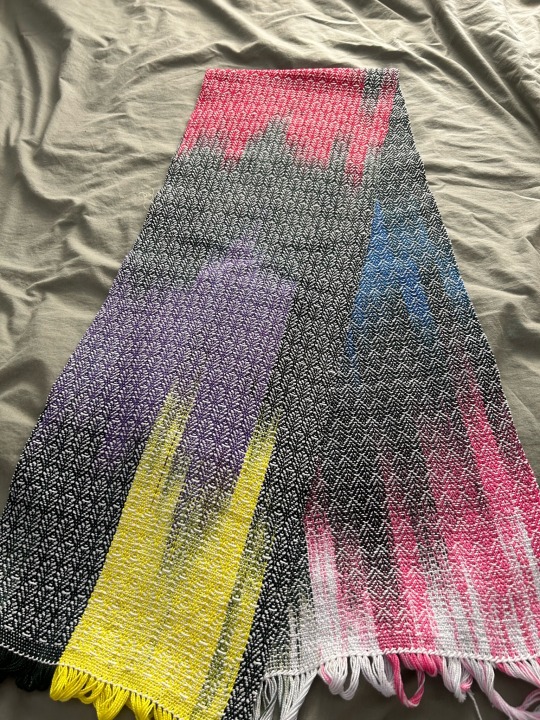
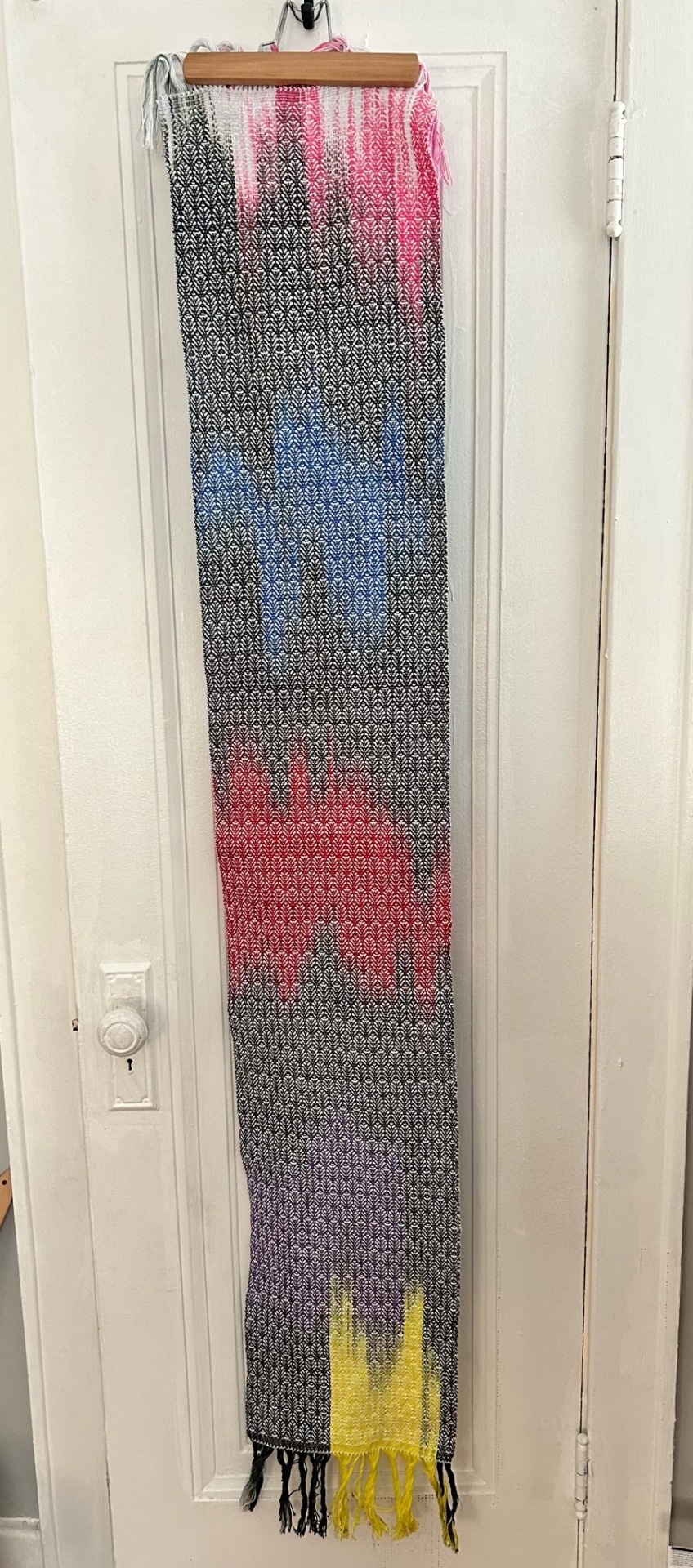

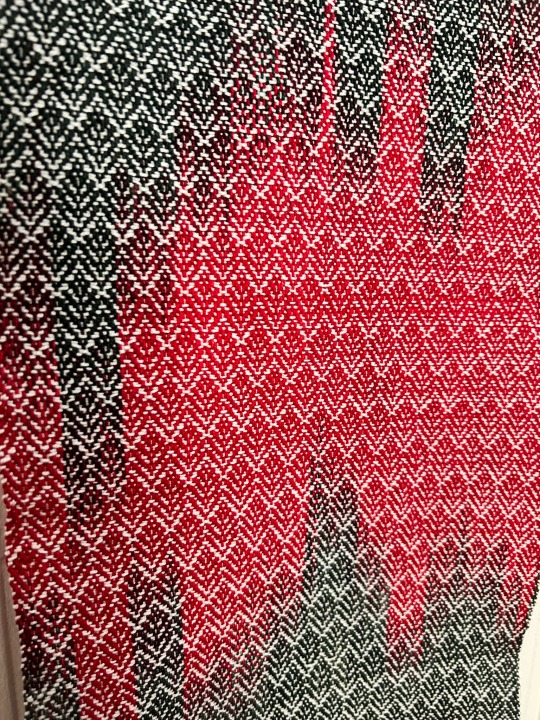

All done! With some front and back details.
96 notes
·
View notes
Note
Hello can you tell us about the rectangle dresses please I don't know anything about this
Hi there!
So, I wrote a crash course on fabric preservation and talked about the robe a la francaise in this ask [click here], but trust me there is so much more to talk about, and even just in the short bit of eras I play around in :)
Last post I talked about the robe a la francaise and why people would want to preserve fabric. This time, I'm going to talk about another French gown -- the robe a l'athenienne.
You may know it as "the regency dress".
This is not regency.


So, "regency" has come to encompass this whole era of Jane-Austenite high-waisted gowns, which lasted from the 1790s until the late 1820s. This isn't incorrect, but it ignores the nuance of the eras.
"Regency" refers to the era in English history where the Prince Regent, son of George III, was ruling. This is roughly from 1815 until his death in 1830 (bear in mind his father, George III dies in 1820. So there's some overlap). This style was inspired/influence by fashions going on in France and the now United States, post revolutions.
In the U.S., this is simply "post-colonial" or "post-revolution" fashion. We don't have a singular word for it.
In France, this is called the "Empire" era -- i.e. the post French Revolution era where Napoleon was ruling and attempting to restore the Roman empire through his short-stack complex. But, I digress.
This era is also largely called the "neoclassical" or "post-revolutionary" fashion, encompassing the years 1790 through around 1814, when Empress Josephine divorced Napoleon and was no longer Empress. Roughly.
That was a lot, so lets take a breather with some pretty dresses :)

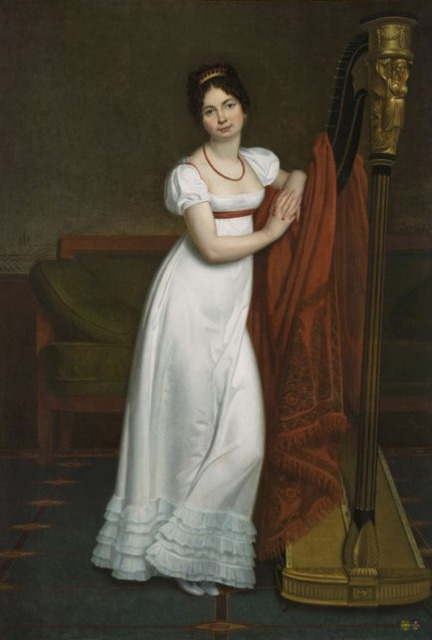
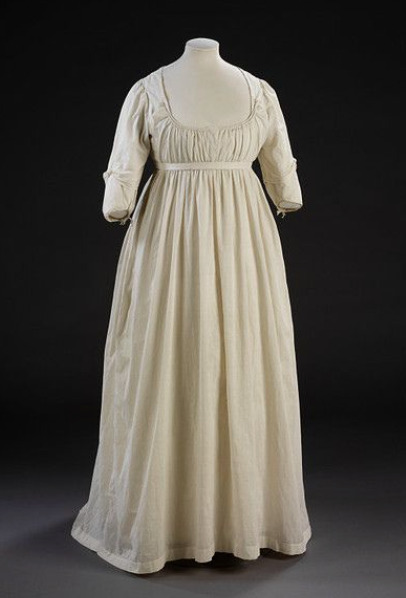
Pretty, pretty... and also quite comfortable!
SO, if you consider the fact that this was the gown popular in England, France, and the Americas in the 1790s... this is the style of gown Jane Austen would have been wearing.
Just saying.
This is an era where cotton is becoming less expensive and more accessible -- for a variety of reasons, including and not limited to slavery in the Americas and the Caribbean, as well as English control over cotton production in India. The Dutch are also up in the mix here, but that's a whole other ball of wax and I'm going to table that for now.
So, that very fine thin cotton that was reserved for someone like Marie Antoinette or Empress Josephine is now accessible to most people -- like Jane Austen, or the American colonies post-war. Now, white fabric is so iconic of this era because the Neoclassical endeavored to revive or reference the Ancient Greeks and Romans.
i.e. We've beaten our oppressors (the King) and are now in an enlightened era, so we shall all dress like Greek statues and wear laurels and be philosophers!
(Not quite how that worked out, but, I mean... they tried?)
Also... robe a l'athenienne... "the Athenian dress"... Ancient Athens, Ancient Greece.
See the through line?
There are even records of women wetting their white cotton gowns to go to parties and balls so as to better emmulate the drape of fabric on ancient marble statues. Like this:
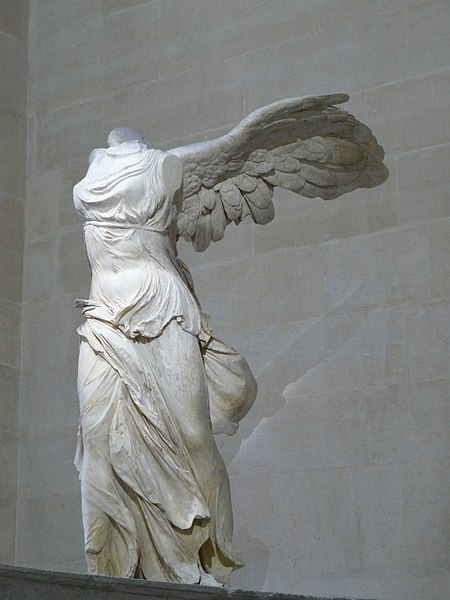
This is the Winged Victory of Samothrace, on display at the Louvre.
Now, there are plenty of ways to create a gown like this, but we're going to talk about the simplest way. Namely 2 BIG rectangles, 2 small rectangles, and a whole lot of drawstrings!
So, literally, these gowns were made out of wide panels of fabric -- made by sewing smaller widths together at the edges, aka "selvedge". -- fitted to the wearer's height and the drape they wanted to achieve.
THEN: small channels were sewn into the dress at particular places (depending on the fashion), and drawstrings inserted to not only gather all that fabric into that easy drape, but also to secure the gown on. Those drawstrings would be tied off and tucked inside the dress to be hidden.
Add 2 rectangles for sleeves... and you've got yourself a dress, friend!
Some dresses and overdresses of the time feature hemmed openings, so the better show off the fine petticoats and thin layers underneath. It created a swish factor that is unmatched, even in silk taffeta!
This teal silk gown at the Boston MFA shows off those gathering lines quite well:
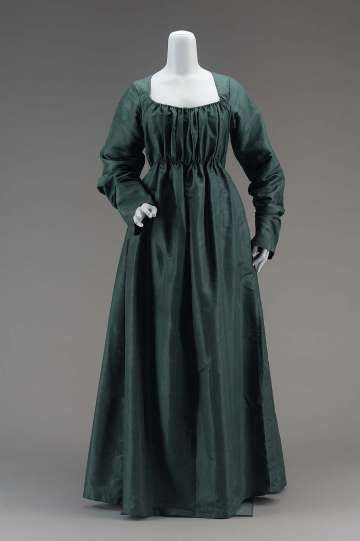
Earlier styles (1790s thru 1800) will often feature 3 drawstrings -- at the neckline, under the bust, and somewhere around the waist. As we move forward in time, towards what we know and recognize as "Regency", that would drop to 1 or 2 drawstrings -- at the neckline and/or underbust for that 'empire waist".
(Yes, that's why we call it the "empire waist", because it was popularized by the Napoleonic empire. I can't make this shit up.)
Now, this does exclude personal taste. We have many examples of more tailored and fitted gowns from this era, especially as we move towards the 1815 date I mentioned earlier. BUT, those were also partly or totally constructed of rectangles, just with the fabric manipulated differently. Pintucks and bust-darts instead of soft gathered drawstrings.
So, the magic of fashionable rectangles!
Thank you for listening/reading! Please feel free to ask me many more questions, my askbox is always open!
xoxo,
Orchid :)
51 notes
·
View notes
Text
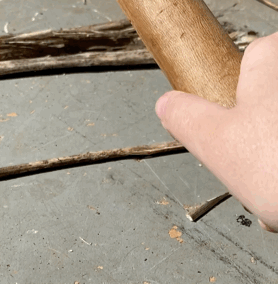
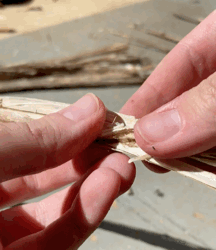
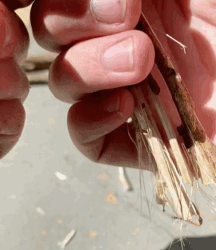
breaking open dried milkweed stalks to collect their bast fibers.
i pounded them with a makeshift billet against a smooth surface to break them similar to how ive broken brambles before, and then snapped the pith in order to get only the outer fibers.
At this point i had a bunch of the papery skins attaching all the fibers together, like the image just below. But peeling them off is both inefficient and can lead to breaking

in order to get rid of the outer layer, i rubbed/rolled them vigorously between the palms of my hands, breaking it into flakes that either fell off or can be combed/carded out. it was too difficult to film but basically the same as making a friction fire (although easier for sure).
At this point i had a handful of fibers, still long but in need of combing. I have a fine-toothed comb i use for a lot of fiber stuff, and ran that through it
I'll leave the sound on this one because it's an interesting auditory experience, some might like it some might hate it. Note, be prepared to sweep afterwards!
i used to worry about combing stuff like this too much, and i sort of still am, but its important to remember that what im removing are fibers that would otherwise be too short or fragile to include in a refined long-fiber bundle. What im going for is a line flax/fluff flax-like combo; aka i comb out the short fibers and then i have a bundle of extra long ones to work with!
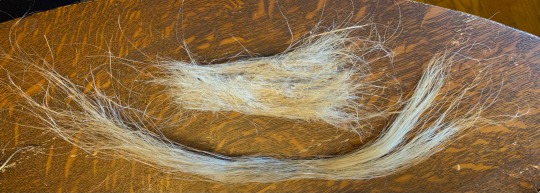
the result is two bundles of different textures and potential
i made a little test string with the "line" milkweed, but i have yet to do anything more with it
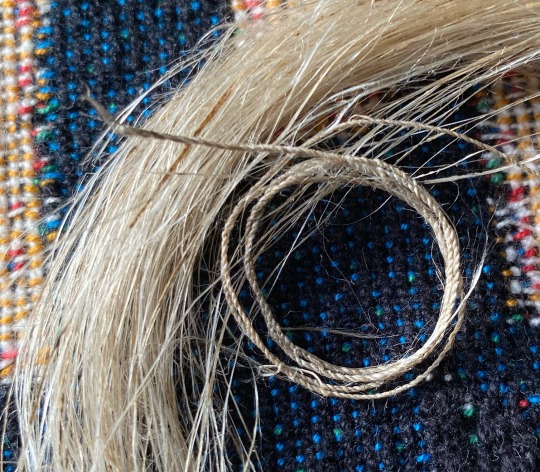
as for the fluff, i carded it out!
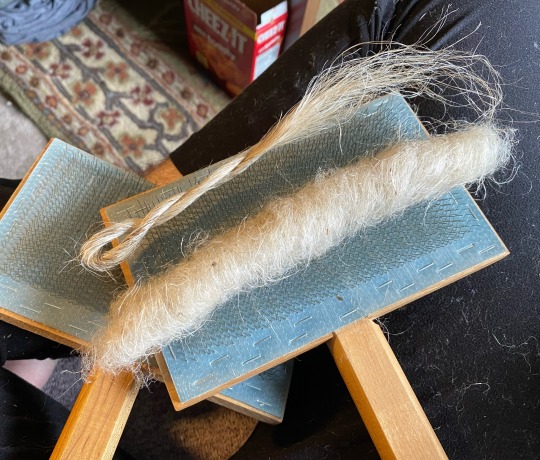
i made it into a rolag that i then spun up on my tiny spindle
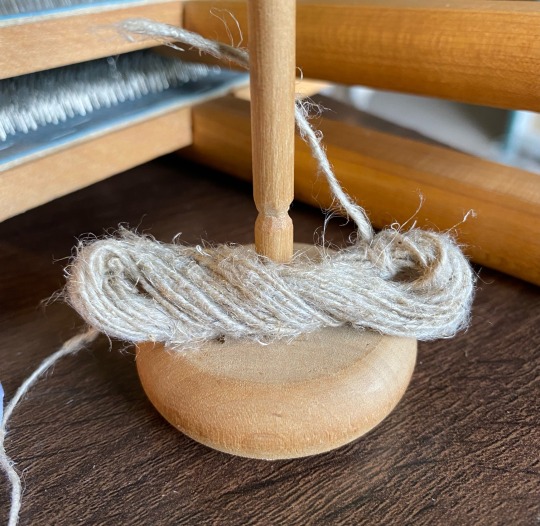
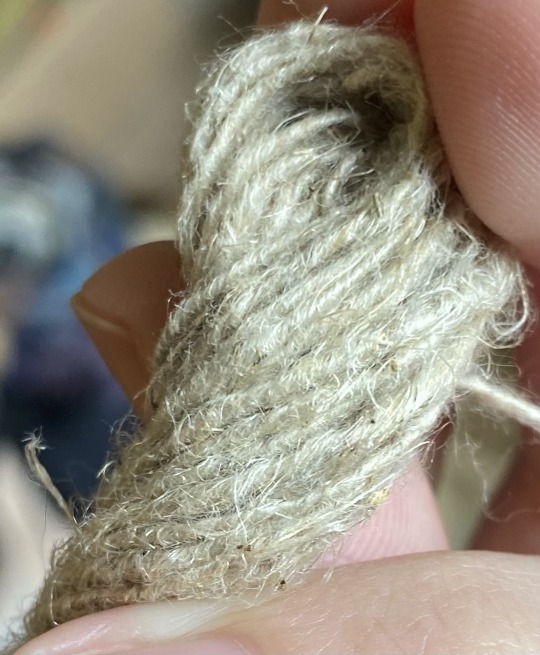
I quite like it. It definitely reminds me of flax/linen, which makes sense since it's also a bast fiber. Milkweed is often known for being extremely strong; i've heard from a fiber class instructor that you can tow a car with a finger-sized rope of it
I don't know exactly what kind of milkweed this is , but i've heard swamp milkweed is top of the class for fiber. orange butterflyweed is a bit weaker than this one (which might be swamp, might not)
(Also note, if you plant milkweeds, don't plant tropical milkweed outside of its native range! it's not as good as the native ones and can even increase disease in monarchs since it doesnt die back in warm winters)

anyways, have a lil monarch caterpillar!
5K notes
·
View notes
Link
The rise of vegan leather, which is typically made from polyurethane, a type of plastic that has a more favorable Higg rating, has brought unintended consequences, industry officials say. Even as leather is replaced by synthetics, Americans are still eating lots of beef — which means the hides from those slaughtered cattle have nowhere to go. In 2020, a record 5 million hides, or about 15 percent of all available, went to landfills, according to the U.S. Hide, Skin and Leather Association, a Washington-based trade group.
“They’re throwing the hides in the offal barrels out back,” said Ron Meek, a former meat processor who has been helping smaller plants weather the downturn in leather demand.
34K notes
·
View notes
Text

“Button King” Dalton Stevens whose insomnia led him to start covering everything from his clothes to his car in thousands of multi-colored buttons (1980s)
12K notes
·
View notes
Text
Me; has 2 seperate sewing patterns that I’m working on, a skirt and a blouse
Also me; you know what I finished that red silk dress I should buy A Bunch of linen and make myself a Norse apron dress
That skirt, which still needs the zipper to be put in and the blouse, which is literally just cut out and sitting in pieces; bitch
Me, already browsing linen; sorry can’t hear you
5K notes
·
View notes
Photo
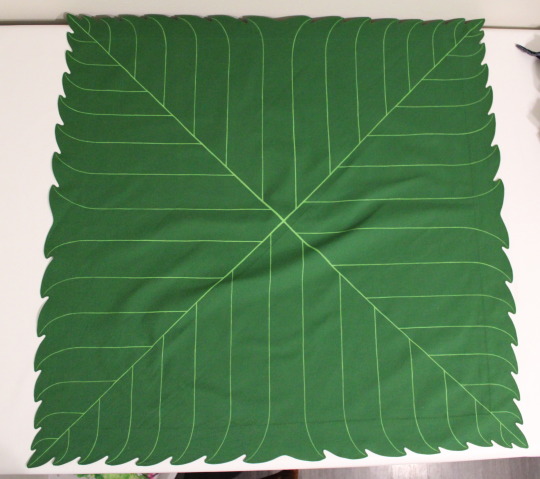
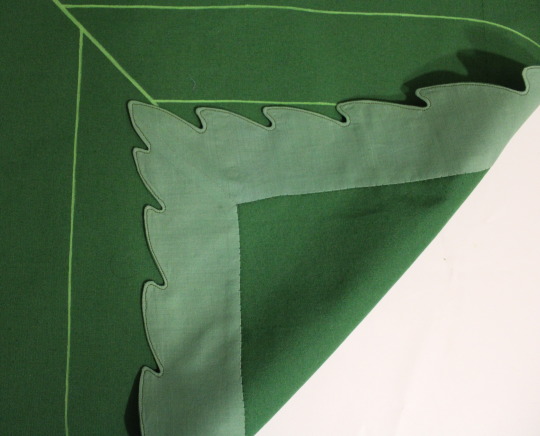
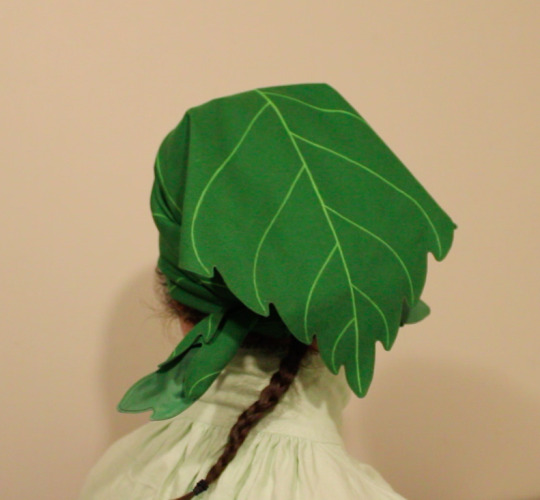
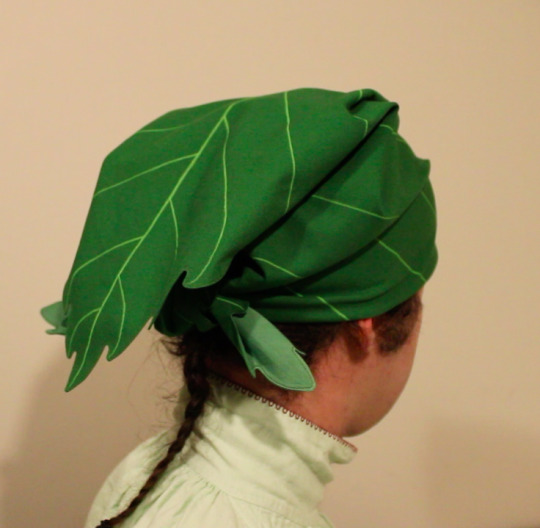
Some better pictures of the leafkerchief. It’s made of a plain green cotton, with facings in a much lighter weight cotton, and after I sewed and turned all the points right side out I topstitched as close to the edge as I could. The inner edge of the facing is hand sewn with a slipstitch, and the veins are painted on.
I got a lot of questions about this, so I will do a blog post about it, and will include a pattern diagram!
34K notes
·
View notes
Text
Hey i’m a fashion design student so i have tons and tons of pdfs and docs with basic sewing techniques, pattern how-tos, and resources for fabric and trims. I’ve compiled it all into a shareable folder for anyone who wants to look into sewing and making their own clothing. I’ll be adding to this folder whenever i come across new resources
https://drive.google.com/drive/folders/16uhmMb8kE4P_vOSycr6XSa9zpmDijZSd?usp=sharing
116K notes
·
View notes
Text
Crafters Beware!!!
This is the worst thing I've ever discovered. it's going to be so detrimental to me.
http://www.antiquepatternlibrary.org/
It has every antique hobby I'm interested in, in one place. FOR FREE!!!!
You're welcome
Edit: I’ve noticed they have a donate option but I personally haven’t yet verified that they’re legit/still active since I’m not in the US and idk where to look to verify an NPO over there.
19K notes
·
View notes
Text
So the other night during D&D, I had the sudden thoughts that:
1) Binary files are 1s and 0s
2) Knitting has knit stitches and purl stitches
You could represent binary data in knitting, as a pattern of knits and purls…
You can knit Doom.
However, after crunching some more numbers:
The compressed Doom installer binary is 2.93 MB. Assuming you are using sock weight yarn, with 7 stitches per inch, results in knitted doom being…
3322 square feet
Factoring it out…302 people, each knitting a relatively reasonable 11 square feet, could knit Doom.
285K notes
·
View notes